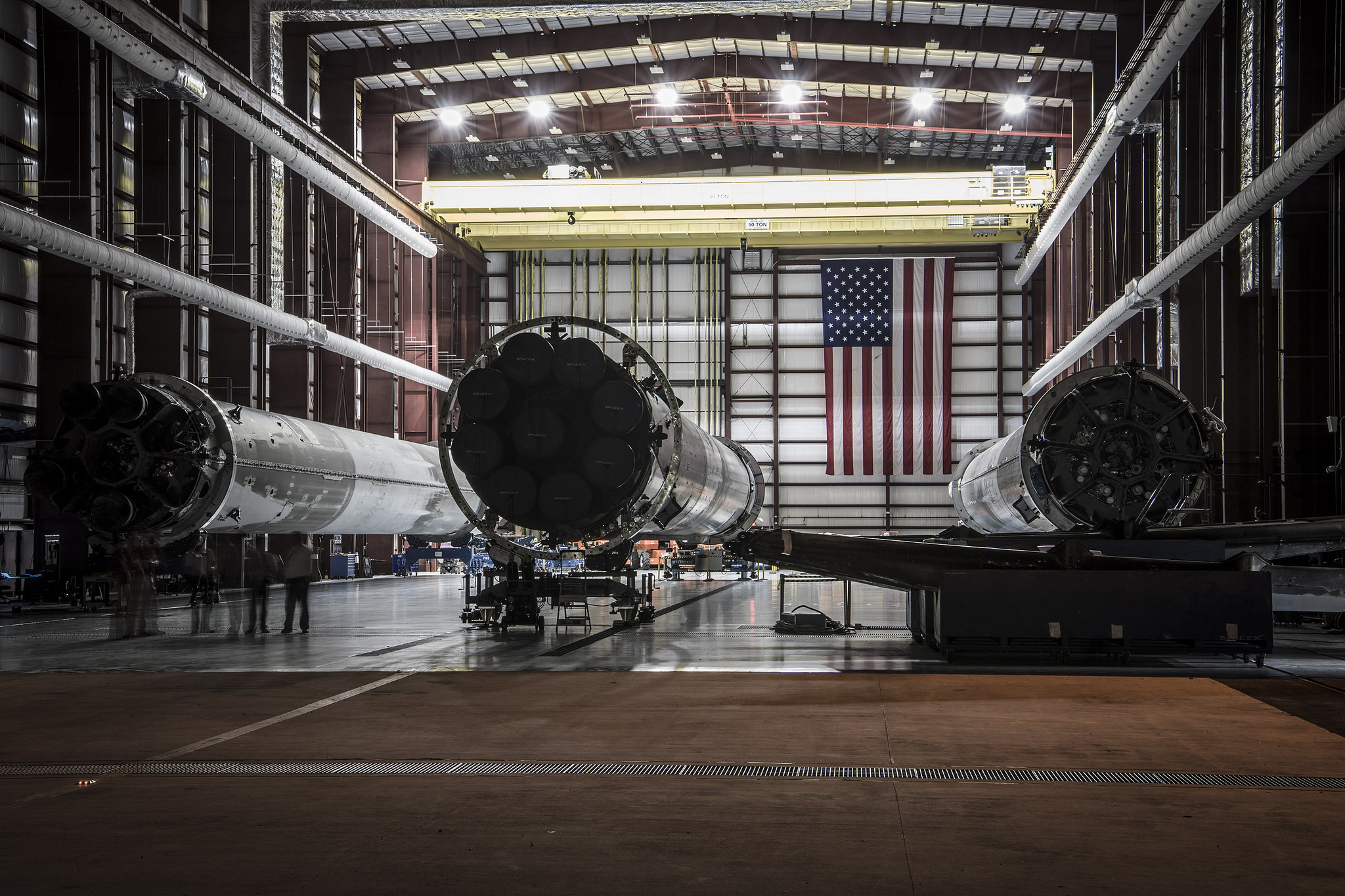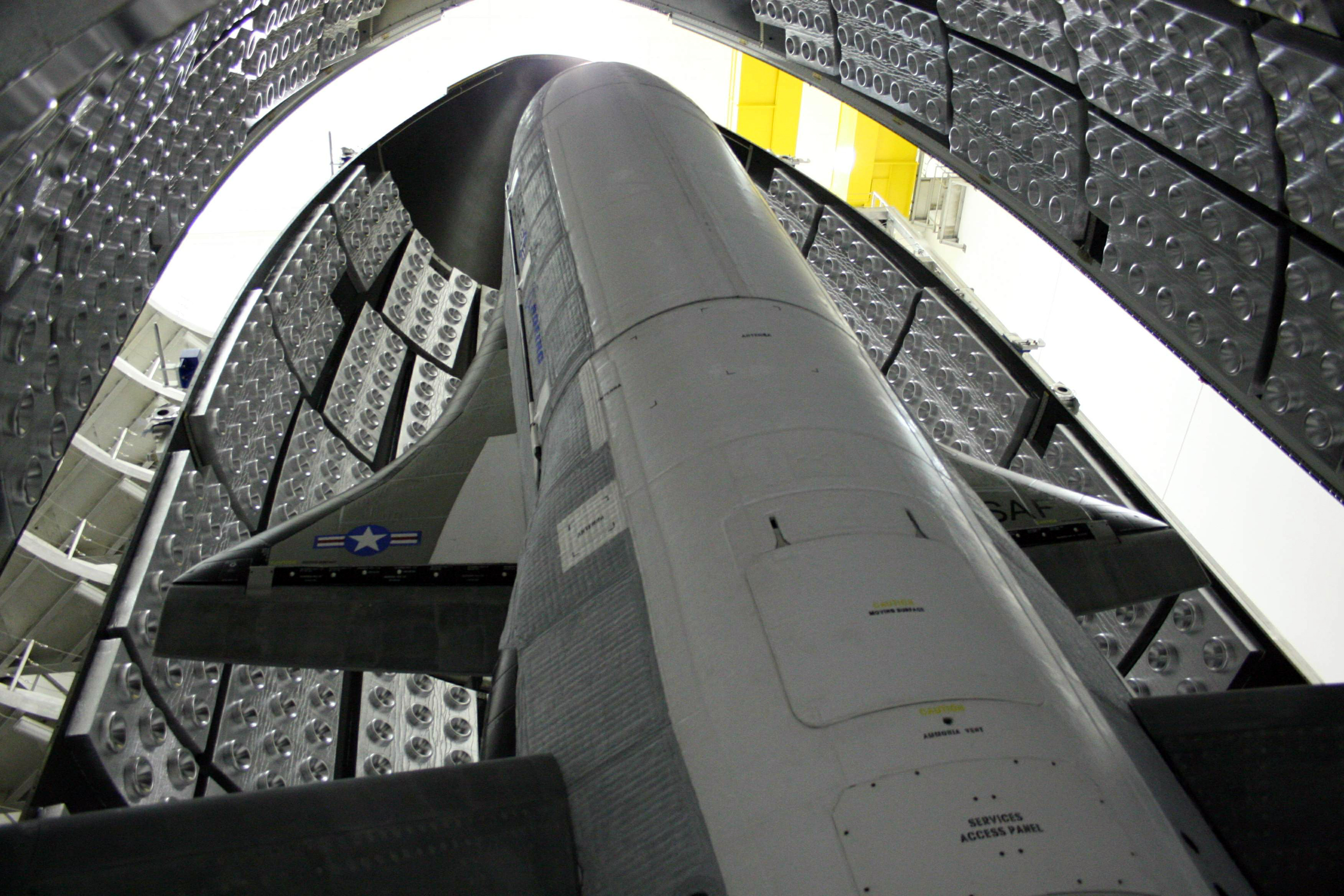Dumping Mask: Myth or Reality

In Roskosmos, the opinion is widespread that SpaceX’s commercial successes are attributable solely to state support and artificially low prices for missiles — dumping. The company Ilona Mask left Roscosmos almost completely without commercial orders for heavy missiles, so you have to look for an excuse in the machinations of the Pentagon, State Department or the CIA. It's time to separate the facts from speculation and find out what the secret of SpaceX's commercial success is.
SpaceX space company appeared in 2002 and so far has made 67 rocket launches of its development and production. Of these, medium and heavy classes 62 pieces. Customers are the United States Space Agency NASA, the Pentagon, commercial and state-owned companies and agencies in other countries. The officially announced commercial price of the launch of the Falcon 9 rocket payload is $ 62 million, which includes both the cost of the rocket and the launch support work. In fact, this is the best price in the world market for heavy missiles, so SpaceX’s popularity is quite obvious. The real value of a commercial contract can range from $ 55 million (a discount of about 10% on experimental launches) to $ 70 million for a heavy or complex load. In exceptional cases, the missiles flew and three times cheaper.
SpaceX is most famous for developing a reusable first stage rocket. The stated goal of reusable rockets is to reduce the cost by a factor of ten, but so far it has been possible to bring the price down about one and a half times.
')

The main competitor of the Falcon 9 in the global commercial market is the Russian Proton-M rocket. In an effort to keep customers in 2015, they reduced the price for it from $ 100 to $ 65 million, but this did not help. Proton-M loses in insurance rates, which have risen due to a high accident rate and today are four times higher than insurance on the Falcon 9 launch: 12% versus 3%. The situation is exacerbated by a political aggravation in relations between the United States and Russia and the sanctions war. SpaceX also conducts an active advertising campaign promoting its rockets as a means of simplifying access to space due to reusability and opening the way to Mars.
SpaceX's state customers, NASA and the Pentagon, are more expensive to start. The launch of the CRS program for the supply of cargo to the International Space Station is paid for by NASA in the amount of $ 133 million. This amount includes the rocket, the cargo spacecraft, and the launch support. The cost of the Dragon cargo spacecraft has not been disclosed, but if you compare the similar figures for the Russian Soyuz / Progress / launch: ( 1.2 billion rubles / 0.8 billion rubles / 0.6 billion rubles), you can do the conclusion that the price of a rocket + launch is about 2/3 of the total cost. In this proportion, NASA pays about $ 90 million for Falcon 9. We see a similar amount in separate NASA contracts for spacecraft launches: $ 82–87 million . The cost of a part of the Pentagon’s completed contracts has not been disclosed, but we can find out two prices from the contracts for the launch of GPS satellites: $ 82.7 million and $ 96.5 million , and the automatic station DSCOVR for $ 97 million .
The head of Roscosmos, Dmitry Rogozin, explaining the commercial success of Ilona Mask, said that the Pentagon is paying SpaceX $ 150 million for the launch, and this allows the company to understate the value of commercial contracts. According to the head of the Russian department, only the dumping Mask, paid out of the pocket of American taxpayers, leaves Roskosmos without clients. It sounds logical if you do not take into account that SpaceX has completed only four military launches. Even if we assume that the information of the head of Roscosmos about the value of the Pentagon’s contracts is correct, they will still not have a significant impact on the Mask business.

Altogether, 18 launches were completed under NASA COTS and CRS, NASA research vehicles were launched by two missiles, the Pentagon paid for 4 launches, and 37 missiles were launched under commercial contracts (with the exception of the first unsuccessful). It turns out the average price is about $ 72 million, which is not much different from the market value, and well below the $ 100 million of Proton-M, which was the lowest price before SpaceX entered the heavy missile market.
Falcon 9 starts

State support for SpaceX is expressed not only in contracts. The company actively exploits state launch complexes on Cape Canaveral and the air base Vandenberg, from where it launches, including commercial ones. The USAF and NASA have signed rental contracts with SpaceX, which include maintenance, construction, and modernization in the interests of a commercial company. There is no information about the cost of rent, and, apparently, it is either not at all, or it is insignificant. For the state owner, this is a removal of part of the expenses for the same tasks, plus the maintenance of his private owner, who creates new opportunities and increases state potential as well.
Providing a public infrastructure to a private US operator in the same way is no excuse for Roscosmos commercial failures. After all, Russian rocket-propellers in the same way do not contain Baikonur or Vostochny, for this there is the Federal target program “Development of cosmodromes” and the Center for Operation of Aerospace Space Infrastructure funded from the budget. Yes, and the losses of space enterprises of Russia are compensated by the budget.
It turns out that in the US, state support Ilona Mask turns out to be a convenient tool for conquering the world market, and Roskosmos is not in a position to cope with this competition with all the state space and all the tools of state support.
The situation is aggravated by the fact that in Russia government contracts are much less profitable than in the USA. The rate of return for the state enterprise Roskosmos on the state contract is a few percent, and only on commercial orders you can "eat a fat." An attempt to sell the Proton-M to the Russian Ministry of Defense for $ 100 million would be the basis for a criminal case of misappropriation of budget funds. The real cost of the launch of the Proton-M under the state order is about $ 53 million . That is why Musk causes a storm of emotions among Russian rocket builders, which can receive government contracts one and a half times more profitable than commercial ones. From the point of view of the Pentagon or NASA, these contracts are still much more profitable than anything else in the US domestic market, so they are not embarrassed by even $ 97 million for a rocket, because the closest alternative - Atlas 5 - will cost $ 160 million.
Instead of retelling the myths about dumping Ilon Musk to each other, our rocket builders should take reality. De facto, this has already happened, only instead of a serious competition for the consumer, Roskosmos decided to surrender without a fight. Otherwise, there is no way to explain the fact that the only market competitor of the Falcon 9, the lightweight version of the Proton, is actually closed before it starts. Russia is still trying to fight for the demand for light and medium-sized rockets, but almost completely surrendered the most monetary market for geostationary launches. The head of Roscosmos promises to return with the updated "Angara" in a few years, but the economic prospects of this rocket are even smaller than those of the Proton.
Source: https://habr.com/ru/post/425347/
All Articles